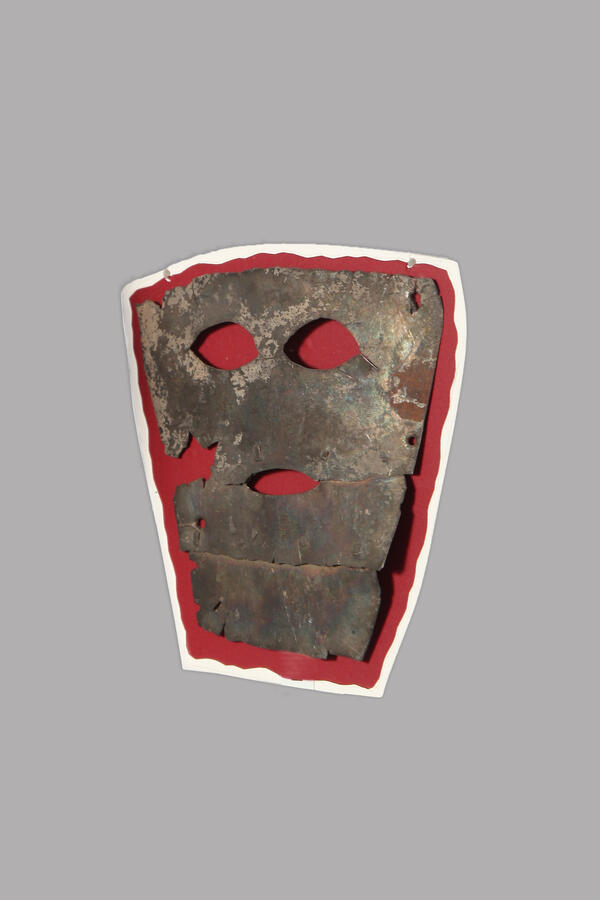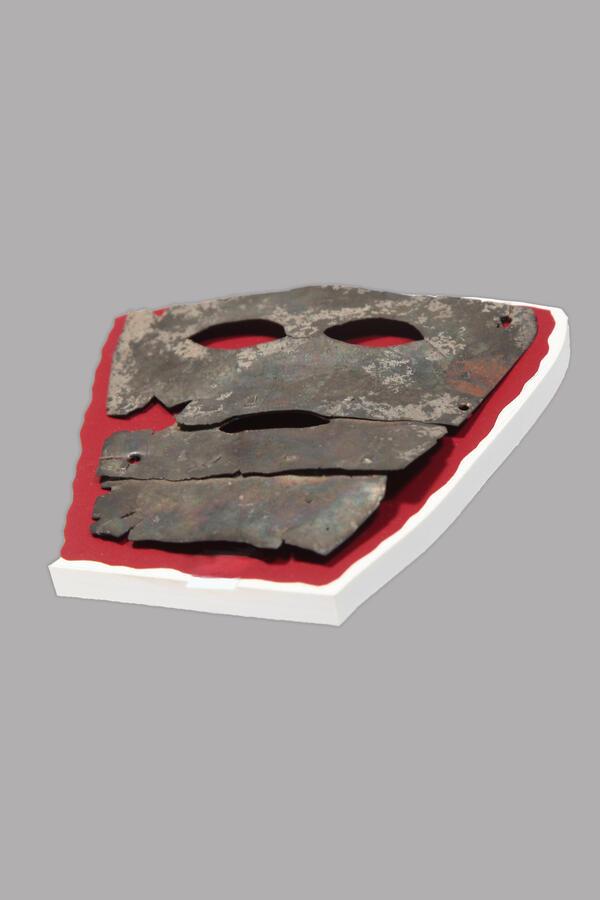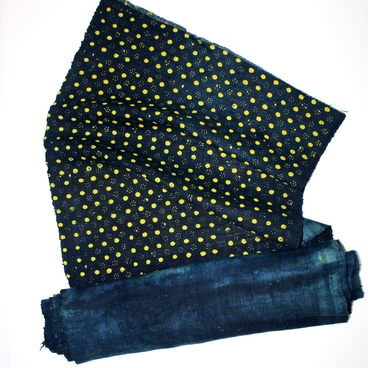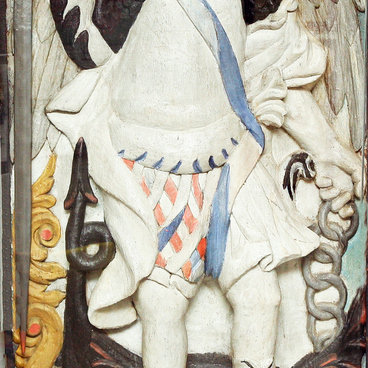The burial mask is one of the world’s first known cult works of applied arts. They were made of clay, plaster, wood, cloth, whalebone, metals and precious stones in various cultures. The burial mask of the Egyptian pharaoh Tutankhamun, made of gold, turquoise and glass paste, is an example of one of the most famous and luxurious masks in the world.
Burial masks should be distinguished from death masks: the latter were casts taken from the face of the deceased in order to preserve their appearance for posterity. There are several basic versions explaining the purpose of burial masks. They may have served to protect the appearance of the deceased so that decay would not affect his face. Furthermore, the burial mask was the barrier between the worlds of the living and the dead and prevented the soul from coming back. Lavish and elaborately crafted masks emphasized the person’s social status so that they could occupy an equally noble position in the afterlife.
Various burial masks are found in the burial sites of the Lomovatovsky culture in the Perm Territory, including, probably, those that reflect the real features of the deceased’s face. Such masks are discovered in the burials of the 9th — early 11th centuries in the Rozhdestvensky, Ogurdinsky, Bayanovsky, Redikorsky, Zaposelsky, Plyosinsky and a number of other burial sites of the pre-Ural region.
The mask from the collection of the Komi-Permyak Local History Museum consists of three thin plates with oval holes for the eyes and the mouth. The plates are attached to each other with metal rivets. The edges of the mask are rough and jagged; through holes were made in the upper corners, presumably to fasten the mask to the head of the deceased.
The mask was discovered during the excavations conducted by the Perm State University at the Plyosinsk burial ground, a monument of the Lomovatov culture in 1961. A total of five burial masks were found there, different in size, shape, manufacturing method and condition. According to the archaeologist and Doctor of Science in History Andrei Mikhailovich Belavin, such masks were used when burying the social elite. This is confirmed by the abundant grave goods found in the burials.
Burial masks should be distinguished from death masks: the latter were casts taken from the face of the deceased in order to preserve their appearance for posterity. There are several basic versions explaining the purpose of burial masks. They may have served to protect the appearance of the deceased so that decay would not affect his face. Furthermore, the burial mask was the barrier between the worlds of the living and the dead and prevented the soul from coming back. Lavish and elaborately crafted masks emphasized the person’s social status so that they could occupy an equally noble position in the afterlife.
Various burial masks are found in the burial sites of the Lomovatovsky culture in the Perm Territory, including, probably, those that reflect the real features of the deceased’s face. Such masks are discovered in the burials of the 9th — early 11th centuries in the Rozhdestvensky, Ogurdinsky, Bayanovsky, Redikorsky, Zaposelsky, Plyosinsky and a number of other burial sites of the pre-Ural region.
The mask from the collection of the Komi-Permyak Local History Museum consists of three thin plates with oval holes for the eyes and the mouth. The plates are attached to each other with metal rivets. The edges of the mask are rough and jagged; through holes were made in the upper corners, presumably to fasten the mask to the head of the deceased.
The mask was discovered during the excavations conducted by the Perm State University at the Plyosinsk burial ground, a monument of the Lomovatov culture in 1961. A total of five burial masks were found there, different in size, shape, manufacturing method and condition. According to the archaeologist and Doctor of Science in History Andrei Mikhailovich Belavin, such masks were used when burying the social elite. This is confirmed by the abundant grave goods found in the burials.



